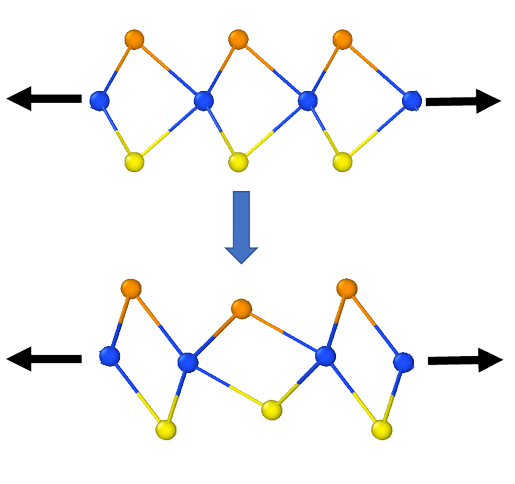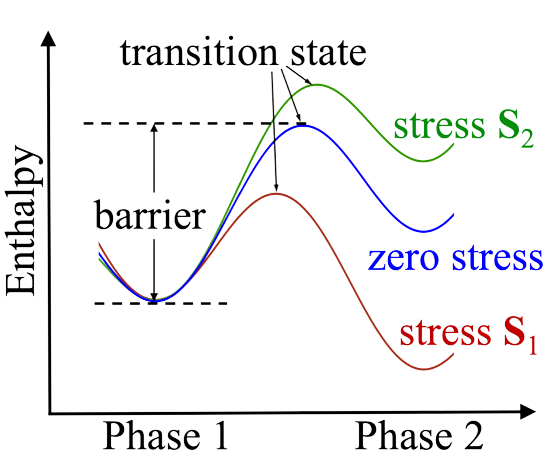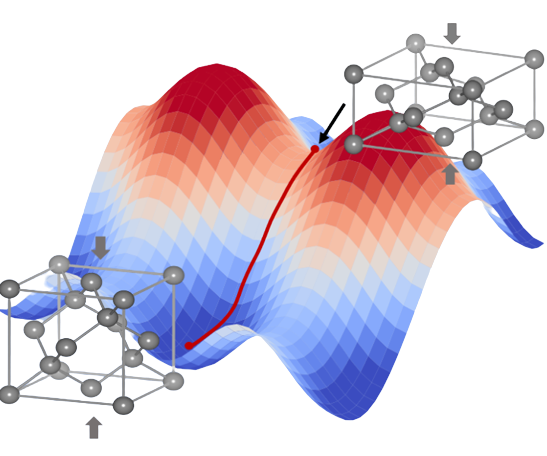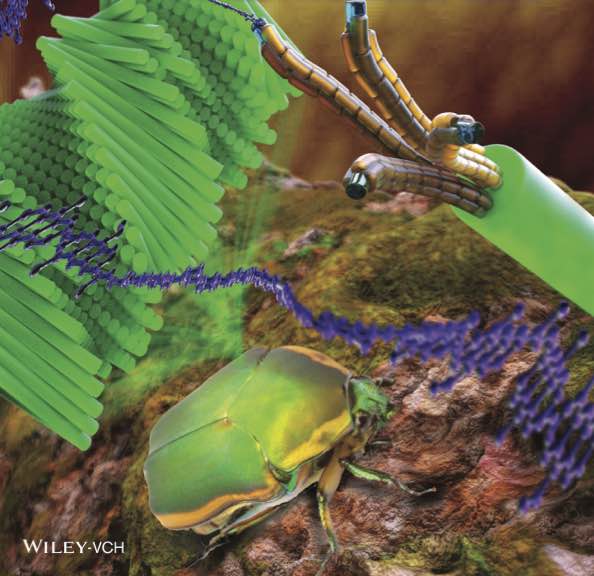Research Highlights

Two-Photon Polymerized Shape Memory Microfibers: A new experimental method is reported for testing the mechanical properties of TPP-printed microfibers in liquid. By controlling the TPP writing parameters, the mechanical properties of the microfibers, including the shape memory effects, can be tailored over a wide range to meet a variety of mechanobiology applications.

Phase Transition in 2D material: Monolayer MoTe2 exhibits two stable structural phases: semiconducting 2H phase and metallic 1T′ phase. This study quantitatively elucidates the atomistic, thermodynamic and kinetic mechanism of the phase transition under applied stress. The results shed light on the phase engineering of 2D TMD materials with stress at the atomic level.

FD-Bell Theory: Stress can be applied to modulate solid–solid phase transitions because the stress changes the transition energy barrier which determines the phase transition rate. The lower the barrier, the higher the rate and more likely the phase transition occurs. This study presents a new theoretical method – finite deformation Bell theory, for predicting transition barriers as a function of the applied stress field.

FD-NEB Method: A finite deformation Nudged Elastic Band method is developed to determine the pathway of a solid-solid transition process subjected to external stress fields. It provides more accurate prediction for minimum energy path as compared to previous methods when solids undergo large deformation during transitions.

Deciphering Beetle Exoskeleton:: One of the common architectures in natural materials is the helicoidal structure, where fiber layers twist around a helical screw. In this study, nanomechanics is used to identify the geometry and material properties of the fibers that comprise a beetle’s exoskeleton. This work could guide the design and manufacturing of new and improved artificial materials through bio-mimicry.
